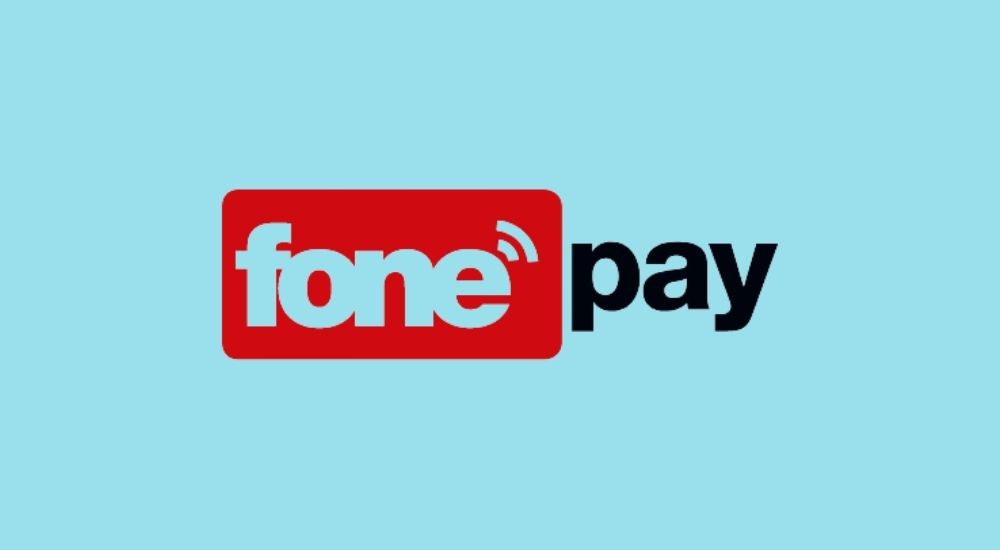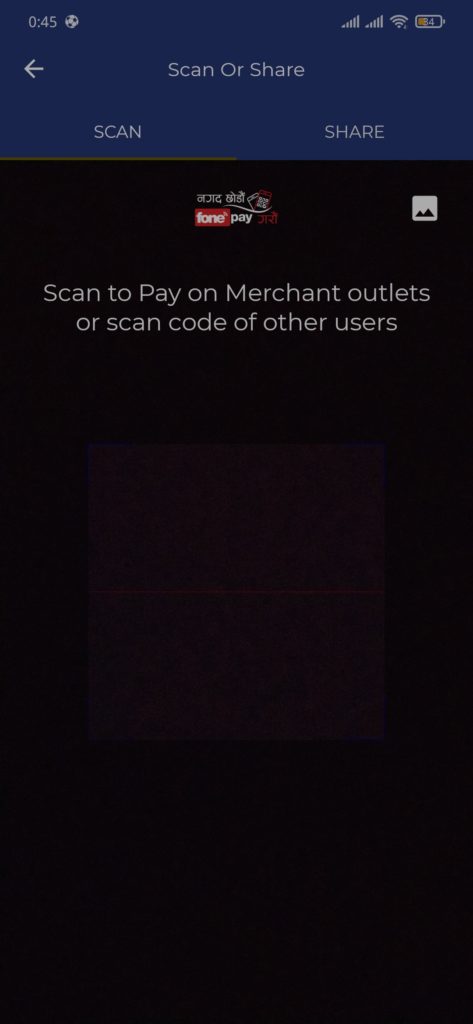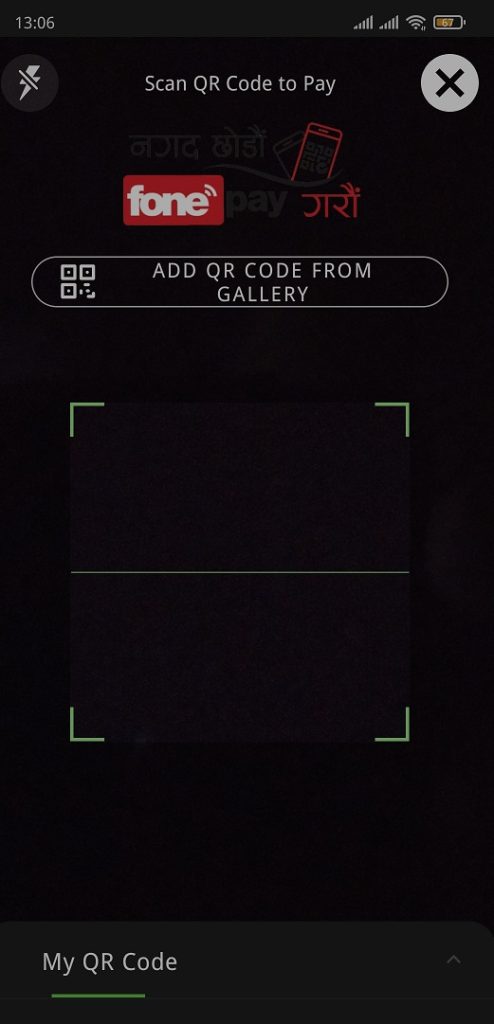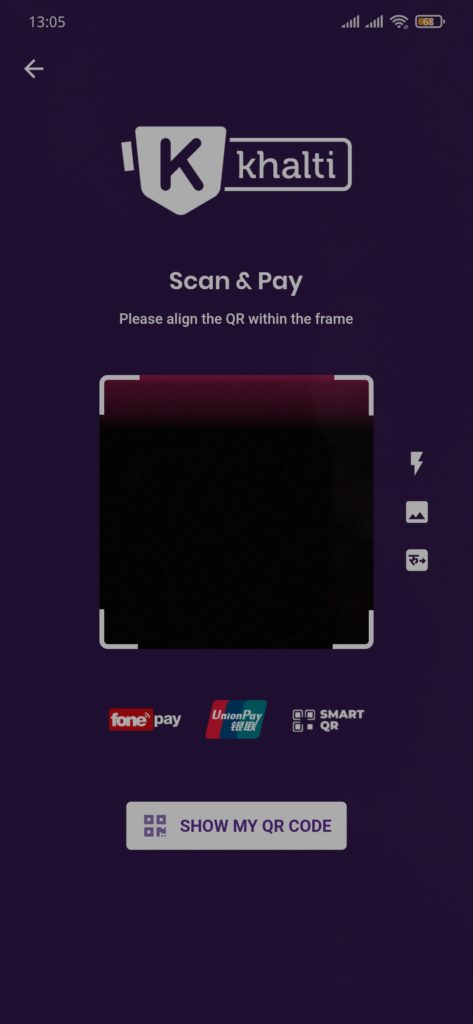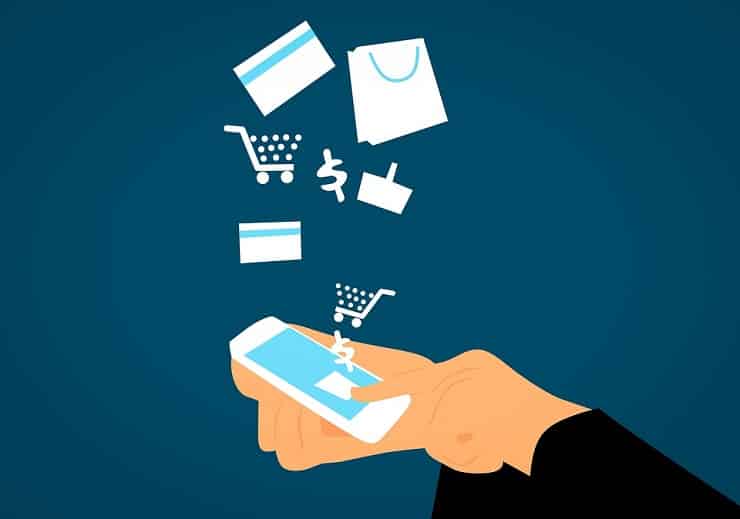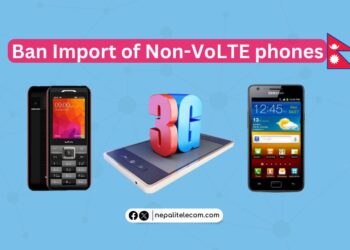FonePay is growing as a central tool in the accelerating mobile payment segment in Nepal. With recent interoperability, and NRB’s own directive for its implementation, the payment operator’s stakes will further rise in Nepal. But with digital wallets being more talked about, less know about FonePay and its uses. We will detail all about it below. But before, let’s start with the integration of Khalti and Prabhu Pay into FonePay.
Mobile wallet Khalti and Prabhu Pay have recently joined FonePay’s network. This enables the users of both Khalti and Prabhu Pay can pay for services through FonePay’s QR code feature. The interoperability between these elite e-payment companies helps further diversify smartphone users’ options for payment and aids the growth of digital payment for Nepali consumers.
Table of contents
Inteteroperability is the norm
The interoperability of Khalti and FonePay allows the former’s 2 million users to pay for using FonePay’s QR and it is similar for emerging Prabhu Pay wallets. The integration between these companies precedes a directive issued by the federal bank NRB that has asked wallet, banking apps, and QR to implement interoperability within 6 months.
That means the users of eSewa will be able to send money to the Khalti account or vice versa when the feature comes into effect.
No doubt, the allure, and appeal of digital payment, especially mobile payment are at their peak. Spurned by COVID-19’s cashless payment norm, the convenience of paying on the go has made it the go-to option for many. In this, the collaboration between the Payment Service Providers, and the Operators will form a synergistic ecosystem for Nepal’s mobile payment system and reinforce the digital economy.
Payment Service Providers such as eSewa and Khalti and the operators FonePay have become the main vehicles driving mobile payment. eSewaoccupes an enormous 80% of Nepal’s digital payment, and Khalti 15%. FonePay is a separate add-on service that helps banking apps and mobile wallets to pay through their QR code. The payment processor has over 1.4 million users, over 50 banks in its network.
In this post today, we will focus on FonePay, its use, advantages, and other factors. Keep reading.
What is FonePay?
FonePay is a leading payment processor in Nepal. Part of F1 Soft Group, it has been operational since 2004. It connects banks, digital wallets, and merchants, with its QR code and processes digital transactions on the go.
If you go to a departmental store or even a retailer, you are likely to see a FonePay powered QR card for payment. This is how popular it has become.
How to use FonePay QR scan?
Strictly speaking, FonePay is not a standalone service for mass consumers. It comes integrated with its scanner in bank apps or digital wallets. And using it is very easy. So, when you see a FonePay QR code for payment, just launch your mobile banking app or a digital wallet and Scan the QR code to proceed with payment. When it’s done with the scan, it shows the detail of the merchant. If it’s correct for you, then fill up the amount and other detail and complete your payment.
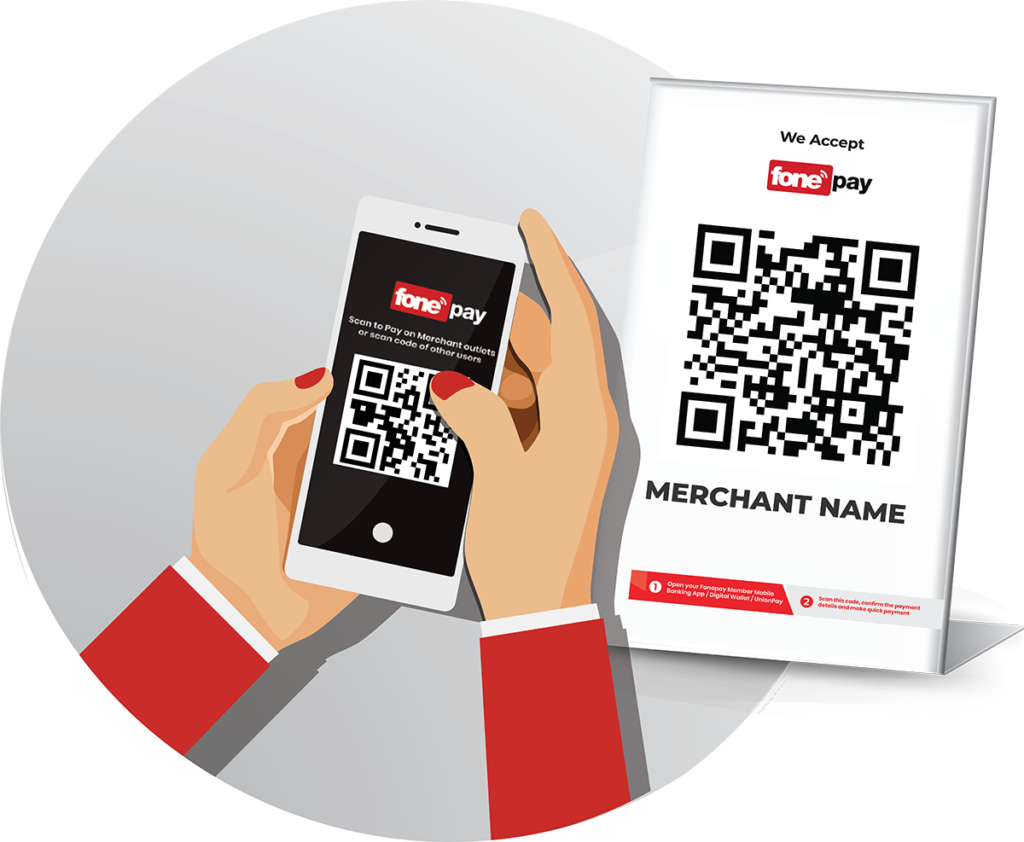
Benefits of FonePay
FonePay makes online payment easier. While digital wallets have brought relief for utility payments, booking flights, or reserving a cinema ticket, FonePay has its own advantages. In fact, it serves as an extended benefit for online payment. Here are the key benefits of FonePay.
- You can pay for your services on the spot.
- The payment is instant.
- One good way to go cashless.
- You can use it on digital app or bank’s app.
- It is commonly in the market.
- Safe with PCI/DSS compliance
- Loyalty rewards for merchants
- Easier integration for
Buy Now Pay Later
One of the crucial benefits of FonePay is the loan feature called Buy Now Pay Later. With this, bank customers can get loans without visiting the bank. Salary account holders and regular earners are eligible for this instant loan service. The good thing, is you don’t need collateral to get the loan.
With this loan feature, FonePay users can pay for their purchases by scanning the QR on their mobile banking app. Kumari bank was the first to launch this service. Now, banks such as Nabil, Laxmi, and others have also begun providing this super easy loan feature to FonePay users.
Where is it available & how to use it?
FonePay is available through mobile banking and digital wallets. Smartphone users access them through Scan & Pay options.
Digital wallets allow payment for utility bills, book tickets for buses, and flights, pay for government services, etc. FonePay adds more convenience to them with a QR scan to pay for services. All you do is open your mobile banking app, or a digital wallet, and Scan & Pay. The scanner will process the merchant’s QR code. Once it authenticates, you fill up the detail, and your payment is done.
So far, it is available through 55 merchant banks, and 5 lakh over businesses, in total 1.4 million users in its entire ecosystem.
Check out: Top Digital Wallets in Nepal
How often do you use FonePay? How good is the interoperability between FonePay and Khalti, and Prabhu Pay? Do share your opinion in the comments.


